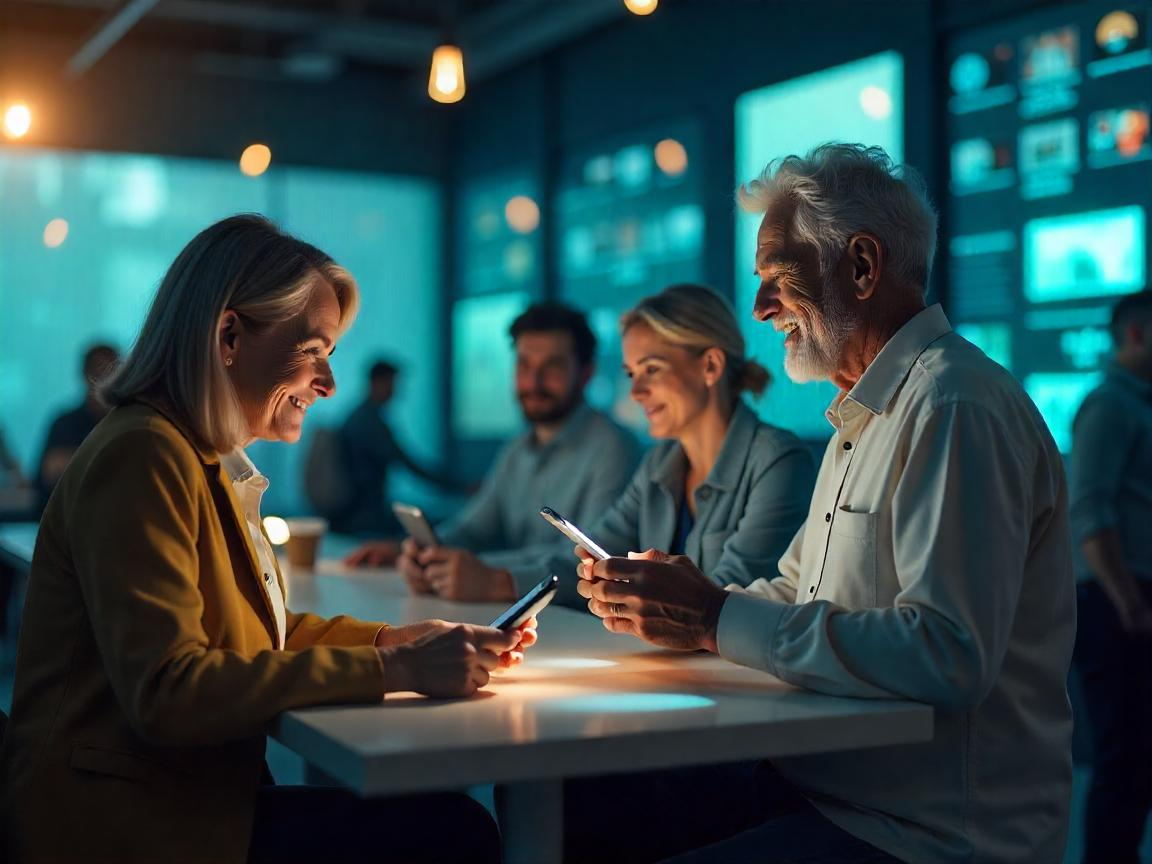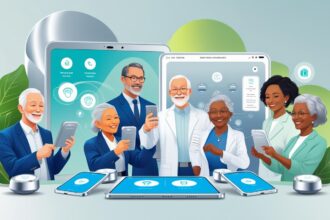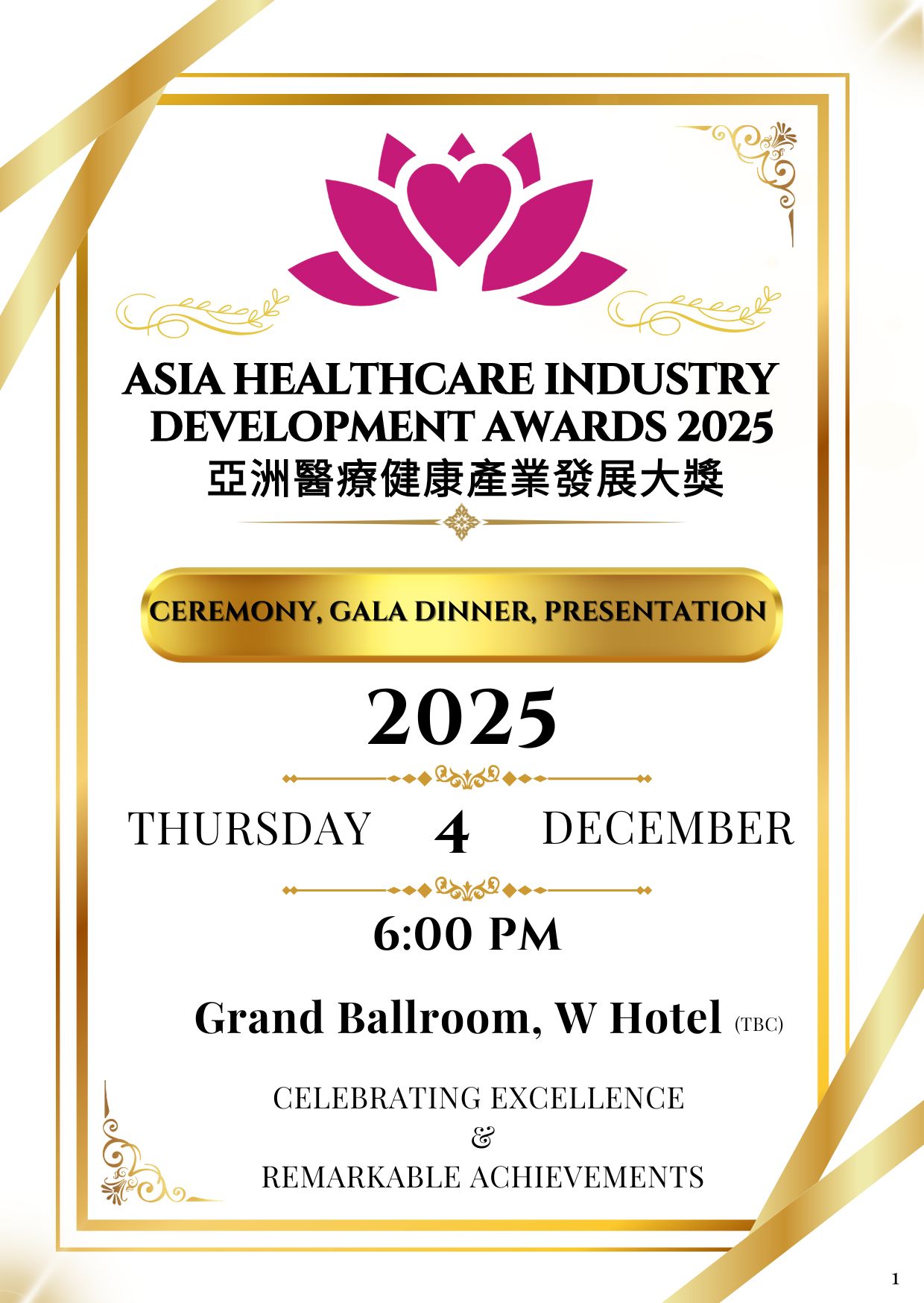The Silver Economy, driven by the growing purchasing power of consumers aged 50 and older, is reshaping global markets, with an estimated value exceeding $15 trillion annually. As populations age—by 2050, one in six people worldwide will be over 65, according to the United Nations—this demographic is becoming a dominant force in consumer spending. For B2B businesses, the surge in senior consumer demand presents a wealth of opportunities to supply innovative products, services, and infrastructure to consumer-facing companies. This article explores the key market trends driving senior consumer spending and how B2B businesses can strategically position themselves to capitalize on this transformative economic shift.
The Rising Influence of Senior Consumers
Older adults are no longer a peripheral market segment. They control a significant share of global wealth, with high disposable incomes and a willingness to spend on products and services that enhance their quality of life. Unlike previous generations, today’s seniors are active, tech-savvy, and prioritize experiences, health, and convenience. This shift is creating demand across multiple sectors, from healthcare and technology to travel and lifestyle products, offering B2B companies a chance to support businesses catering to this demographic.
For B2B leaders, the challenge is to understand the evolving preferences of senior consumers and align their offerings with the needs of consumer-facing companies. Below, we highlight the top market trends in senior consumer spending and actionable strategies for B2B businesses to thrive in the Silver Economy.
1. Healthcare and Wellness: Prioritizing Longevity and Prevention
Senior consumers are driving unprecedented demand for healthcare and wellness solutions, with a focus on preventive care, chronic disease management, and holistic well-being. This sector accounts for a substantial portion of the Silver Economy, as older adults invest heavily in maintaining their health and independence.
- Personalized Healthcare: Seniors are seeking tailored solutions, such as wearable devices for monitoring heart rate or glucose levels, and telehealth services for convenient consultations. B2B companies can supply medical-grade sensors, software for data analytics, or secure cloud platforms to support these innovations.
- Wellness Products: The rise of nutraceuticals, fitness programs, and mental health apps designed for seniors is creating opportunities for B2B suppliers of raw materials, app development frameworks, or marketing automation tools.
- Home-Based Care: With many seniors preferring to age in place, demand for home healthcare equipment, such as mobility aids or remote monitoring systems, is growing. B2B providers of manufacturing components or logistics solutions can meet this need.
B2B Actionable Insight: Partner with healthcare startups to provide scalable solutions, such as API-driven telehealth platforms or IoT-enabled devices, to streamline care delivery and enhance patient engagement.
2. Age-Tech: Technology for Independent Living
Technology is a game-changer in the Silver Economy, empowering seniors to live independently and stay connected. The Age-Tech market, projected to reach $2 trillion by 2027, includes innovations like smart home devices, AI-powered assistants, and mobility solutions. Senior consumers are increasingly adopting these technologies, creating opportunities for B2B businesses.
- Smart Home Solutions: Devices like voice-activated assistants, automated lighting, and fall-detection sensors are enabling seniors to live safely at home. B2B companies can supply hardware components, cybersecurity software, or installation services to support these systems.
- AI and Robotics: AI-driven chatbots and companion robots are addressing social isolation, while robotic aids assist with mobility or daily tasks. B2B providers of AI algorithms, cloud infrastructure, or maintenance services are critical to scaling these technologies.
- Digital Connectivity: Platforms that connect seniors to services like grocery delivery, transportation, or social clubs are gaining popularity. B2B businesses can offer payment processing systems, UX design services, or data analytics to enhance these platforms.
B2B Actionable Insight: Collaborate with Age-Tech companies to provide robust infrastructure, such as cloud-based data storage or secure APIs, to support the rapid adoption of senior-focused technologies.
3. Travel and Leisure: Catering to Active Seniors
Senior consumers are redefining the travel and leisure industry, seeking accessible, meaningful, and tailored experiences. With more time and disposable income, they are driving demand for senior-friendly travel packages, wellness retreats, and recreational activities.
- Accessible Travel: Seniors prioritize accessibility, from wheelchair-friendly accommodations to guided tours with minimal physical strain. B2B suppliers of booking software, accessibility equipment, or training programs for hospitality staff can tap into this market.
- Wellness Tourism: Retreats focused on yoga, meditation, or health-focused vacations are popular among seniors. B2B companies can provide eco-friendly materials for resorts, wellness app development, or marketing solutions to promote these experiences.
- Leisure Products: From low-impact exercise equipment to senior-friendly hobbies like gardening or art, consumer demand is growing. B2B providers of manufacturing components, packaging, or distribution networks can support this trend.
B2B Actionable Insight: Develop partnerships with travel agencies to supply integrated booking platforms or accessibility solutions, enabling seamless experiences for senior travelers.
4. Consumer Goods: Meeting Lifestyle Needs
Senior consumers are driving demand for lifestyle products that cater to their unique needs and preferences. This includes adaptive clothing, ergonomic household items, and personal care products designed for aging skin or mobility challenges.
- Adaptive Clothing: Clothing designed for ease of use, such as magnetic closures or stretchable fabrics, is gaining traction. B2B suppliers of sustainable textiles or manufacturing equipment can meet this demand.
- Ergonomic Products: Household items like lightweight vacuum cleaners or easy-grip utensils are popular among seniors. B2B companies can provide design software, prototyping services, or supply chain solutions to consumer brands.
- Personal Care: Anti-aging skincare and wellness supplements are booming. B2B providers of natural ingredients, packaging, or e-commerce platforms can support this growing market.
B2B Actionable Insight: Offer customizable manufacturing solutions, such as modular designs for adaptive products, to help consumer brands quickly adapt to senior preferences.
5. Financial Services: Securing Wealth and Well-Being
Older adults hold a significant portion of global wealth, making financial services a key driver of the Silver Economy. Seniors are seeking solutions for retirement planning, long-term care insurance, and fraud protection.
- Fintech for Seniors: Digital tools like robo-advisors or budgeting apps are helping seniors manage their finances. B2B providers of API integrations, data security, or compliance software can support these platforms.
- Insurance Products: Long-term care insurance and annuities tailored to seniors are in high demand. B2B companies offering actuarial services, CRM systems, or underwriting tools can drive efficiency.
- Fraud Prevention: Seniors are vulnerable to financial scams, creating a need for advanced cybersecurity solutions. B2B providers of AI-driven fraud detection or identity verification services are essential.
B2B Actionable Insight: Partner with fintech firms to provide white-label solutions, such as secure payment gateways or user-friendly financial dashboards, tailored to senior clients.
Challenges in the Silver Economy
While the opportunities are vast, B2B businesses must address challenges to succeed:
- Diverse Needs: The 50+ demographic is not monolithic. Businesses must segment their offerings to cater to active retirees, those needing assisted care, or tech-savvy seniors.
- Regulatory Hurdles: Sectors like healthcare and financial services require compliance with stringent regulations, necessitating investment in legal and compliance expertise.
- User Experience: Products and services must be intuitive and accessible, requiring B2B companies to prioritize user-centric design and testing.
Strategic Opportunities for B2B Businesses
To tap into senior consumer spending, B2B businesses should focus on:
- Partnerships: Collaborate with consumer-facing brands to co-develop solutions tailored to seniors, such as integrated healthcare platforms or accessible travel systems.
- Innovation: Invest in R&D to create scalable technologies, like AI-driven health monitors or modular housing solutions, that address senior needs.
- Sustainability: Align with the values of eco-conscious seniors by offering sustainable materials or energy-efficient technologies.
Conclusion
The Silver Economy is a dynamic and growing market, driven by the spending power of senior consumers. For B2B businesses, the opportunity lies in supplying the infrastructure, technology, and services that enable consumer-facing companies to meet this demand. By focusing on healthcare, Age-Tech, travel, consumer goods, and financial services, B2B leaders can position themselves at the forefront of this $15 trillion market. The key is to act strategically, innovate relentlessly, and build partnerships that deliver value to both businesses and senior consumers.









